In the world of modern manufacturing, we’re no longer limited by the traditional constraints of manual labor, slow production times, and costly errors. Today, the landscape has been transformed by the integration of powerful technologies: CAD (Computer-Aided Design), CAM (Computer-Aided Manufacturing), and CAE (Computer-Aided Engineering). These three technologies, when combined with CNC (Computer Numerical Control) machines, have revolutionized how things are made—whether it’s a tiny gear in your watch or a component in a spacecraft.
So, what exactly do CAD, CAM, and CAE do, and why are they so important for CNC manufacturing? Let’s dive in.
What is CNC Manufacturing?
Before we break down the roles of CAD, CAM, and CAE, it’s important to understand CNC manufacturing itself. CNC machines are automated tools that can cut, drill, or shape materials with incredible precision, all controlled by digital instructions. They’re widely used to produce everything from car parts to medical devices, offering manufacturers speed and accuracy that was unimaginable just a few decades ago. But to really make CNC machines work their magic, they need a little help from their friends—CAD, CAM, and CAE.
1. CAD: Designing the Blueprint
Imagine trying to build a house without a blueprint—it would be chaos, right? The same goes for manufacturing parts or products. CAD is where it all begins. It’s a software tool that allows designers and engineers to create digital models of a product. These models can be in 2D or 3D, and they contain all the details, such as dimensions, materials, and tolerances, that CNC machines need to start making the part.
Think of CAD as the ultimate sketchbook, but instead of just a rough idea, it provides precise instructions that are essential for manufacturing. Not only can you visualize the product before it's built, but you can also catch potential design flaws early, reducing waste and saving time. In the world of CNC manufacturing, this precision is invaluable.
Why is CAD important?
- Accuracy: CAD ensures that every measurement and dimension is exact, reducing costly mistakes.
- Visualization: You get to see the product in 3D before it’s made, which helps with identifying potential issues.
- Flexibility: Designers can tweak their models quickly and easily, making changes without needing to start from scratch.
2. CAE: Testing the Product’s Strength
Next comes CAE, which is where the magic of testing and validation happens. CAE uses simulations to see how your product will behave in the real world. Will it crack under pressure? Will it survive in extreme heat? With CAE, engineers can answer these questions before any material is even touched.
This step is especially crucial in industries like aerospace, automotive, and healthcare, where a faulty product can lead to serious safety concerns. Through simulations like finite element analysis (FEA) or computational fluid dynamics (CFD), CAE tools ensure that the product will perform as expected when it hits the market.
Why is CAE important?
- Safety: Engineers can test for weaknesses or flaws in the design before production begins.
- Cost Efficiency: Virtual testing means fewer physical prototypes, saving time and money.
- Material Optimization: CAE helps in choosing the best materials for the job, reducing waste and ensuring the right performance.
3. CAM: Bringing It to Life
Now that we have a perfect design and know it’s going to work, it’s time for CAM to step in. CAM takes the CAD model and translates it into something CNC machines can understand: G-code. This is essentially the language that tells the machine where to cut, how fast to move, and when to change tools.
CAM doesn’t just convert files, though—it optimizes the whole process. It simulates the machining, allowing manufacturers to find the most efficient path for cutting the material, which reduces production time and ensures everything is perfectly aligned. With CAM, everything from tool speed to cutting angles is automated, ensuring precision down to the tiniest fraction of a millimeter.
Why is CAM important?
- Efficiency: CAM software generates the best tool paths, cutting down machining time.
- Precision: The CNC machine follows the design exactly, ensuring high-quality production.
- Automation: CAM removes much of the manual work from CNC programming, reducing human error.
Why CAD, CAM, and CAE Are Essential Together
While each of these technologies—CAD, CAM, and CAE—plays a critical role, it’s when they work together that the real magic happens. Together, they create a seamless workflow that not only makes manufacturing faster and more accurate but also improves product quality and reduces costs.
- CAD creates the design.
- CAE tests and validates the design.
- CAM makes it a reality by controlling the CNC machines.
This feedback loop of designing, testing, and manufacturing allows for rapid iteration, meaning manufacturers can quickly improve their products while minimizing waste and avoiding costly errors. And in industries where speed and precision matter, that’s a game changer.
Challenges and Future Trends
Despite the enormous benefits of integrating CAD, CAM, and CAE into CNC manufacturing, it’s not without challenges. Learning these systems can be complex, and the software can be expensive. Additionally, as technologies evolve, manufacturers need to keep pace with updates, which requires ongoing training.
Looking to the future, we’re already seeing exciting developments like AI integration, which will automate even more aspects of the process, and cloud-based systems, which will allow global teams to collaborate seamlessly. Additive manufacturing (think 3D printing) is also shaking things up, with CAD, CAM, and CAE integrating into this new frontier of production.
Conclusion: The Backbone of Modern Manufacturing
CAD, CAM, and CAE are the unsung heroes of modern manufacturing, transforming ideas into physical products with speed, precision, and efficiency. In CNC manufacturing, where precision is everything, these technologies make sure that every product is designed right, tested thoroughly, and produced accurately.
As we continue to push the boundaries of innovation, the importance of CAD, CAM, and CAE will only grow. Whether it's developing the next generation of electric vehicles, designing more efficient wind turbines, or crafting intricate medical devices, these technologies are shaping the future of how we make things—faster, smarter, and better than ever before.

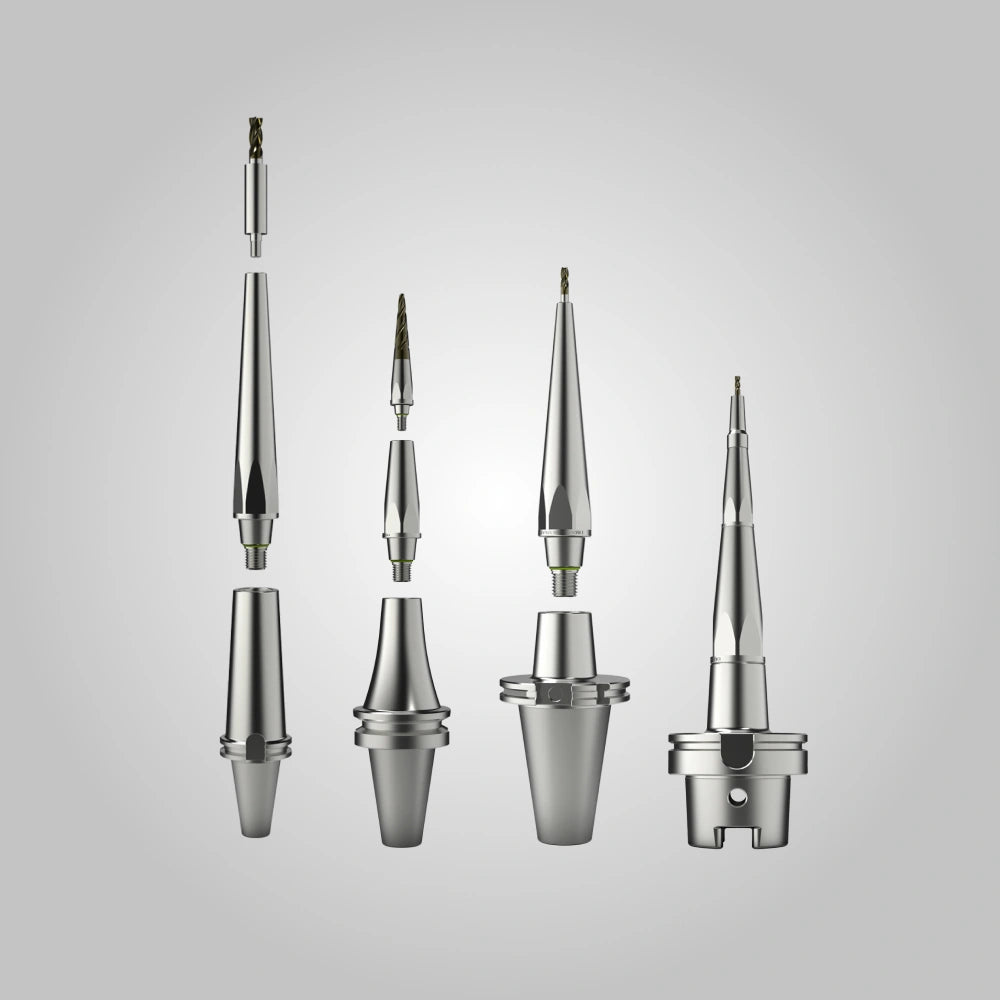
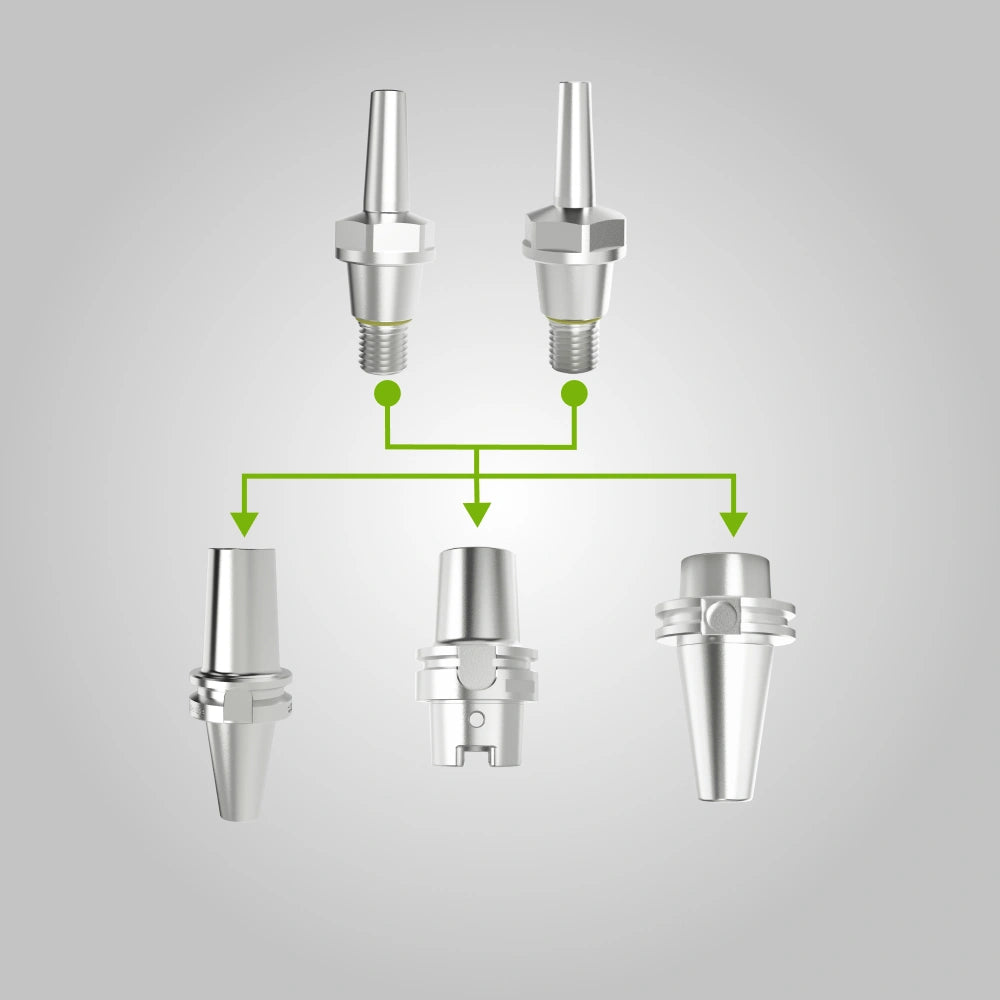
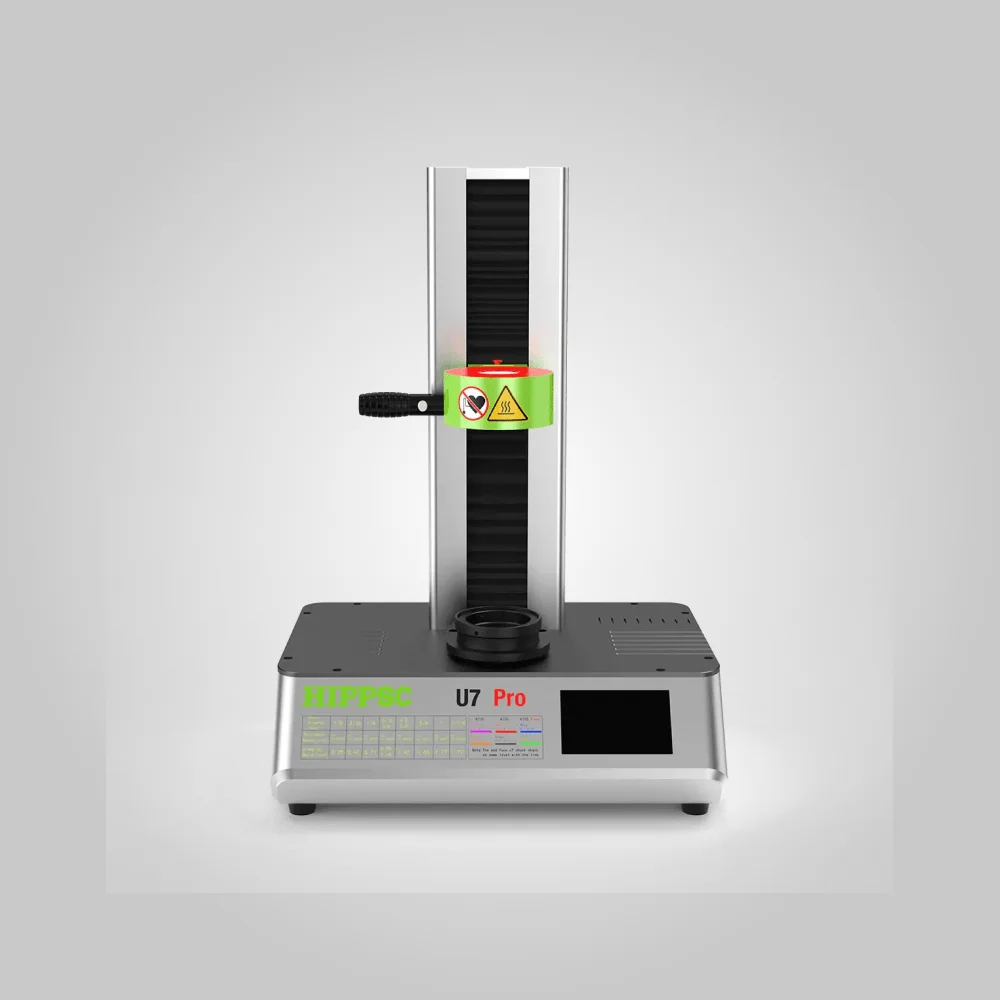
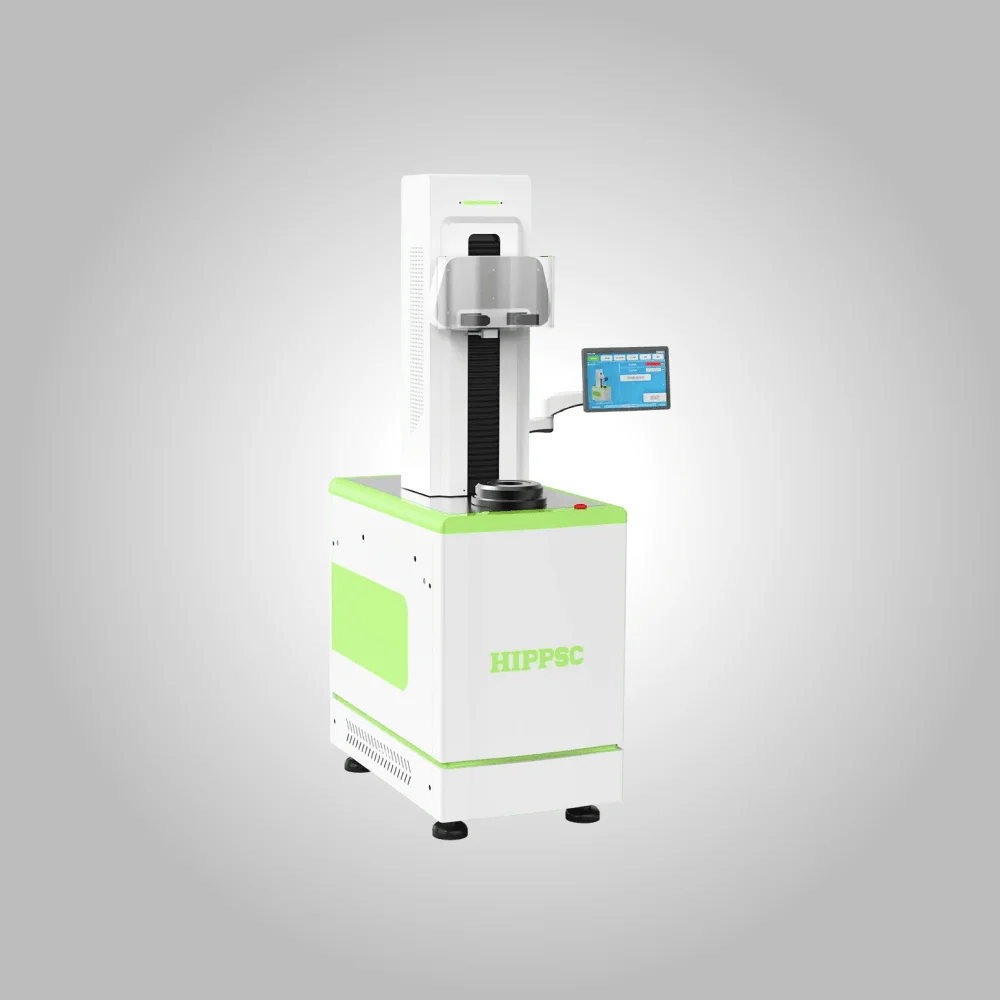
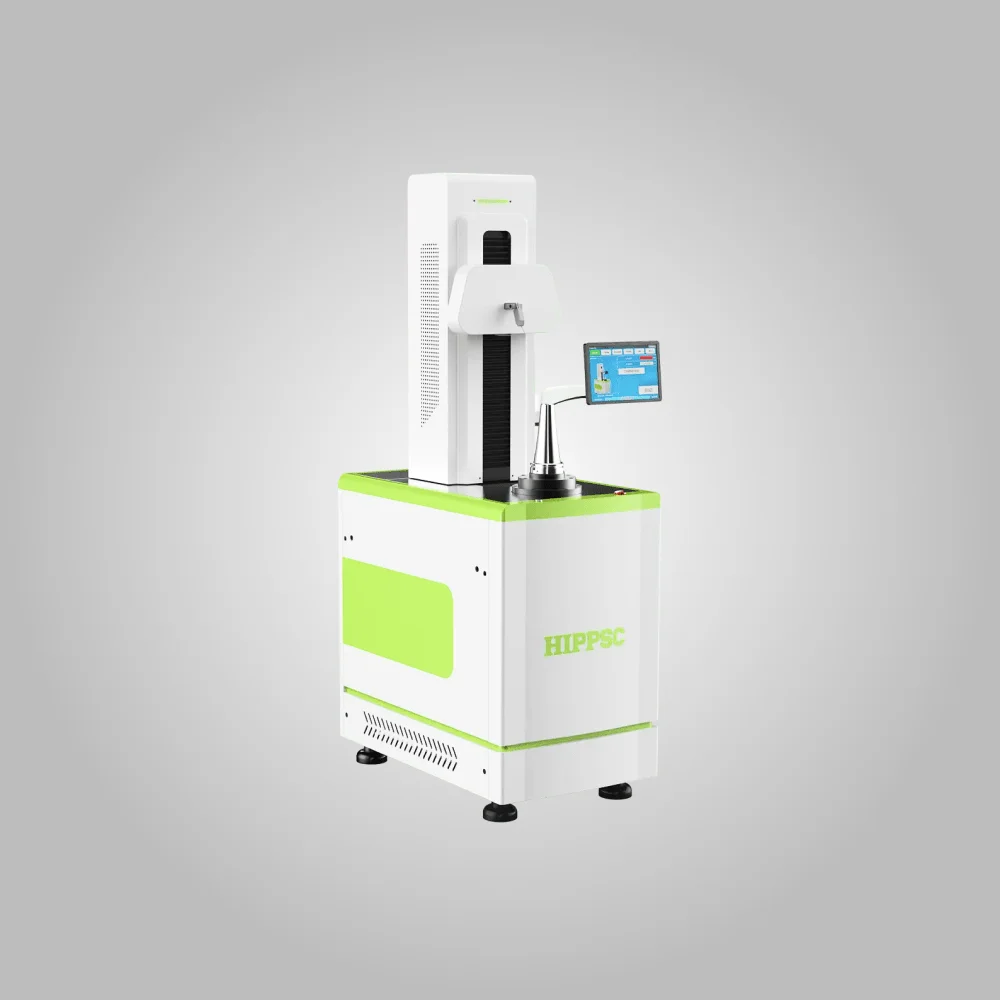
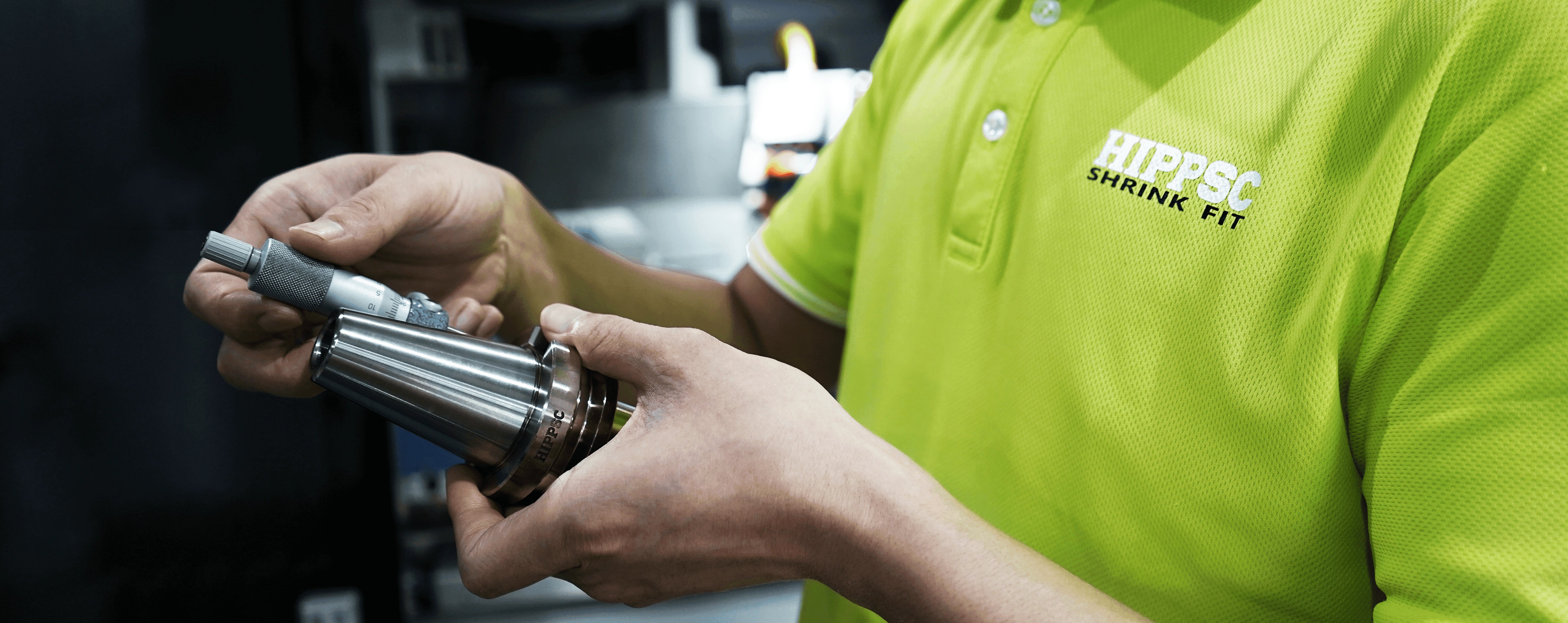

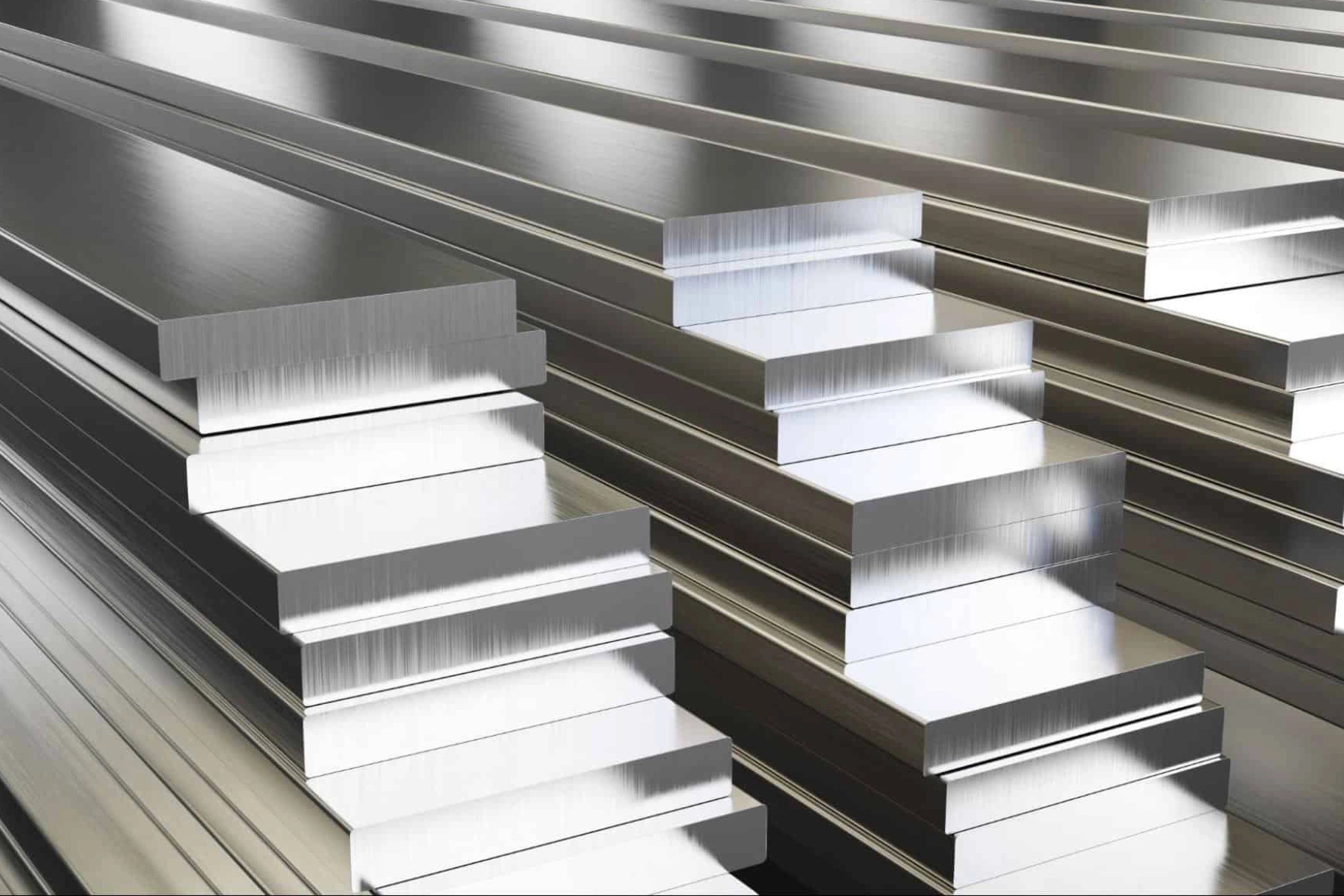
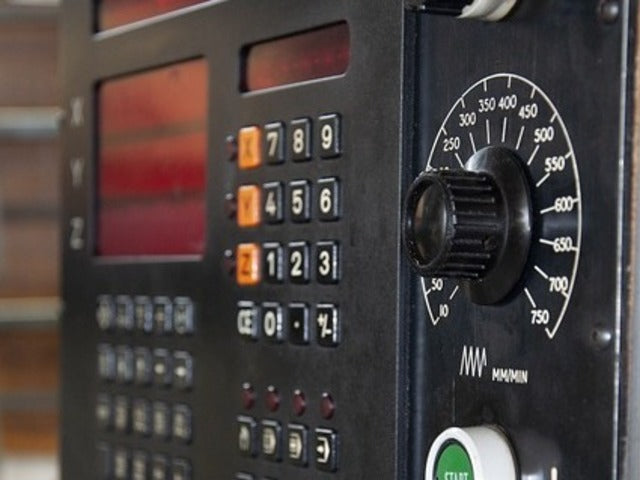
Leave a comment
All comments are moderated before being published.
This site is protected by hCaptcha and the hCaptcha Privacy Policy and Terms of Service apply.